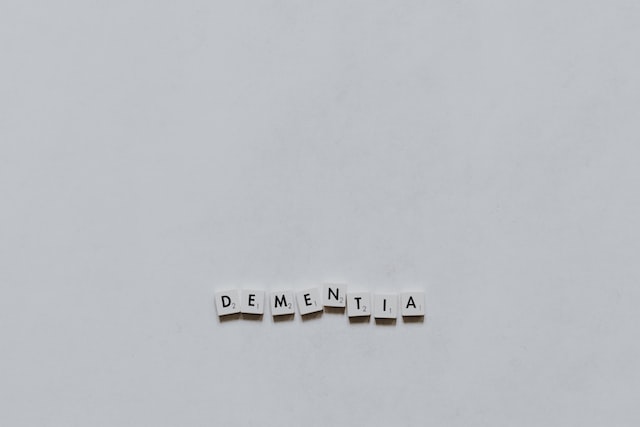The bathroom is a space where we perform some of our most personal and vulnerable tasks. For individuals with dementia, this room can be particularly challenging and even dangerous. The combination of hard surfaces, water, and various objects can create a hazardous environment for those experiencing cognitive decline.
Fortunately, there are steps you can take to dementia-proof your bathroom, making it a safer and more comfortable space for yourself or a loved one. By following these essential steps, you can create a bathroom that promotes independence and reduces the risk of accidents.
1. Clear the Clutter
The first step to dementia-proofing your bathroom is to declutter the space. Remove any unnecessary items such as decorative objects or excess toiletries. These items can be confusing and overwhelming for someone with dementia. Keep the bathroom clean and organized, with only essential items within reach.
2. Install Grab Bars
Installing grab bars in key locations, such as by the toilet and in the shower or bathtub, can greatly improve safety in the bathroom. These bars provide support and stability when getting up from the toilet or stepping in and out of the shower. Make sure to install them securely and at the correct height for the individual using them.
3. Use Non-Slip Mats
Slippery surfaces in the bathroom can be extremely dangerous for someone with dementia. Use non-slip mats in the bathtub or shower, as well as on the bathroom floor. These mats provide traction and prevent falls. Also, make sure to clean up any water spills immediately to avoid slippery surfaces.
4. Label and Color Code
Dementia can make it difficult to remember where certain items are located or what their purpose is. To make things easier, consider labeling items in the bathroom with pictures or words. You can also color code different items, such as using blue for toiletries and red for cleaning products. This can help with organization and reduce confusion.
5. Install Easy-to-Use Fixtures
Consider replacing traditional faucets and knobs with easy-to-use fixtures, such as lever handles. These are much easier for someone with dementia to grip and use, reducing frustration and promoting independence.
6. Adequate Lighting
Proper lighting is crucial in a dementia-proof bathroom. Make sure the space is well-lit with bright, natural light if possible. Install motion-sensor lights that turn on when someone enters the room to avoid fumbling for light switches. Also, consider adding nightlights to help with nighttime bathroom trips.
7. Avoid Mirrors
Mirrors can be confusing for individuals with dementia, as they may not recognize their own reflection or may become disoriented by it. Consider removing or covering mirrors in the bathroom to reduce confusion and agitation.
8. Temperature Control
Ensure that the water temperature is set to a safe level to avoid scalding or discomfort. You can also install anti-scald devices on faucets to prevent sudden changes in water temperature. Additionally, make sure the room temperature is comfortable, as individuals with dementia may have difficulty communicating if they are too hot or cold.
9. Medication Safety
If there are medications stored in the bathroom, make sure they are locked away in a secure cabinet. Individuals with dementia may mistake certain items for medication or take the wrong dosage if bottles are left out in the open.
10. Regular Safety Checks
It is important to regularly check the safety features in your dementia-proof bathroom to ensure they are still secure and functioning properly. Also, keep an eye out for any potential hazards, such as loose mats or clutter that may have accumulated over time.
In addition to these essential steps, it is important to communicate with the individual using the bathroom and involve them in the process of dementia-proofing. This can help them feel more in control and ease any anxiety or discomfort they may have about the changes.
By following these steps, you can create a safe and comfortable bathroom environment for someone with dementia. It may take some time and effort, but the peace of mind that comes with knowing your loved one is safe in the bathroom is priceless.





